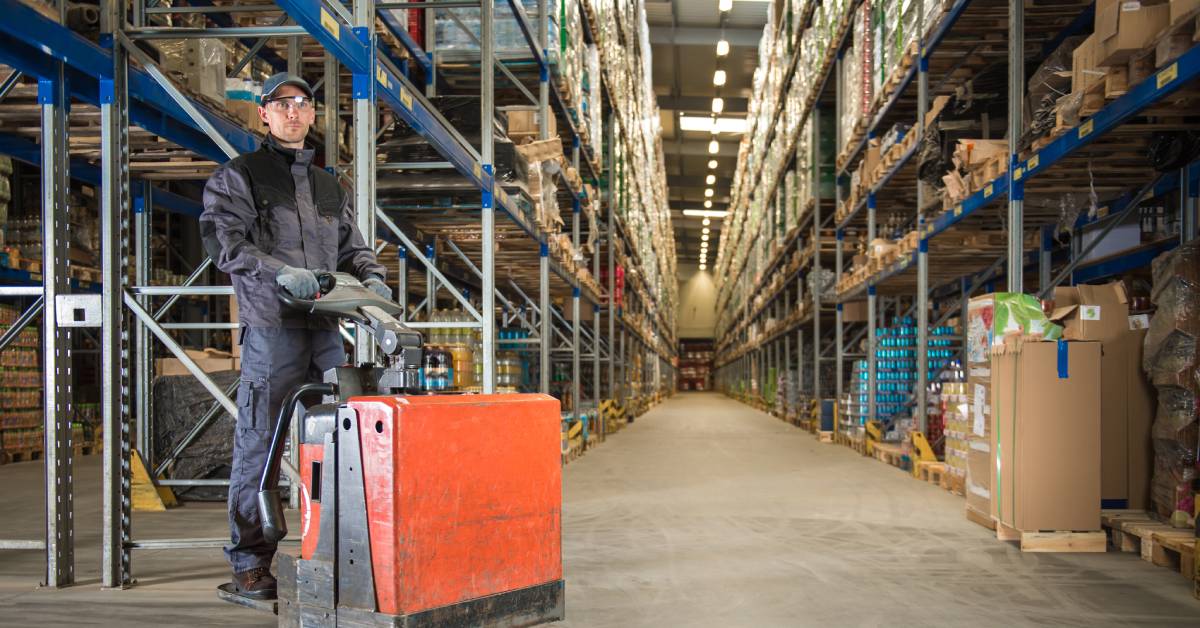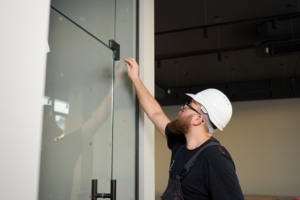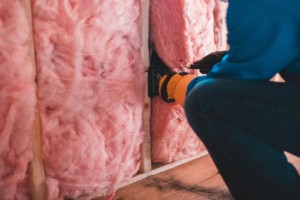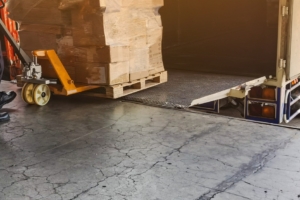Signs You Need To Replace Your Pallet Jack

Pallet jacks are the backbone of warehouse and logistics operations. They promise that goods are moved efficiently, safely, and on time, which empowers teams to meet productivity targets effortlessly.
However, like any piece of equipment, pallet jacks wear down over time. Recognizing the signs you need to replace your pallet jack and taking swift action can help you keep your operations moving forward. Here’s how to spot the signs that your pallet jack is ready for retirement.
A Spike in Maintenance Costs
If you’re constantly repairing your pallet jack and seeing maintenance expenses pile up, it’s time to consider a replacement. Routine servicing happens but when necessary repairs become frequent and costly, your equipment has likely reached the end of its lifespan.
For instance, if you’ve noticed recurring issues, such as hydraulic oil leaks or failing forks, the long-term cost of repair often outweighs the investment in a new pallet jack. At this point, upgraded tools for efficient pallet handling offer a far better return on investment.
Reduced Load Capacity
A common sign that your pallet jack is no longer cutting it is its inability to handle the same weight it once could. If loads feel unstable, or the equipment struggles under standard weight limits, it could result from wear on the hydraulic system or structural components. This hampers productivity and puts workers at risk. Replacing your pallet jack ensures your operations remain steady and capable of handling the demands of your business.
Difficulty in Maneuvering
A pallet jack should allow seamless maneuverability, even in tight warehouses or logistics spaces. However, if workers report difficulty steering it or if movement feels jerky and unresponsive, this is a clear indication that the equipment is no longer functioning optimally.
Worn wheels, damaged bearings, or outdated steering mechanisms add unnecessary strain for your staff, slowing down workflows and introducing inefficiencies. Upgrading to modern tools designed for smooth handling can significantly enhance operations.
Unusual Noises or Vibrations
Unfamiliar squeaks, grinding noises, or excessive vibrations when operating your pallet jack are nuisances that signal deeper mechanical issues. For example, worn-out components like bearings or hydraulic pumps create symptoms that are difficult to repair completely.
Ignoring these signs might lead to sudden breakdowns during critical operations, risking downtime and delays. A new pallet jack can restore the silence and precision your team relies on.
Frequent Battery Replacements
For electric pallet jacks, frequent battery replacements are a telltale sign that the equipment is no longer energy efficient. Over time, older models struggle to hold a charge, leading to more frequent interruptions in operations.
Besides the expense of constantly replacing batteries, outdated jacks also drain productivity as staff deal with inconvenient workarounds. A replacement ensures you’re equipped with energy-efficient solutions built to support uninterrupted operations.
Overlooking a declining pallet jack leads to inefficiencies, unnecessary costs, and safety hazards. By staying alert to signs, such as a spike in maintenance costs, reduced load capacity, or frequent disruptions, you can make an informed decision to upgrade. Optimize your warehouse operations today by assessing whether your equipment still meets your needs and don’t overlook the signs that it’s time to replace your pallet jack.





